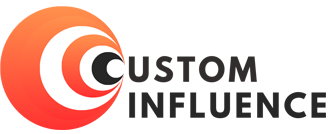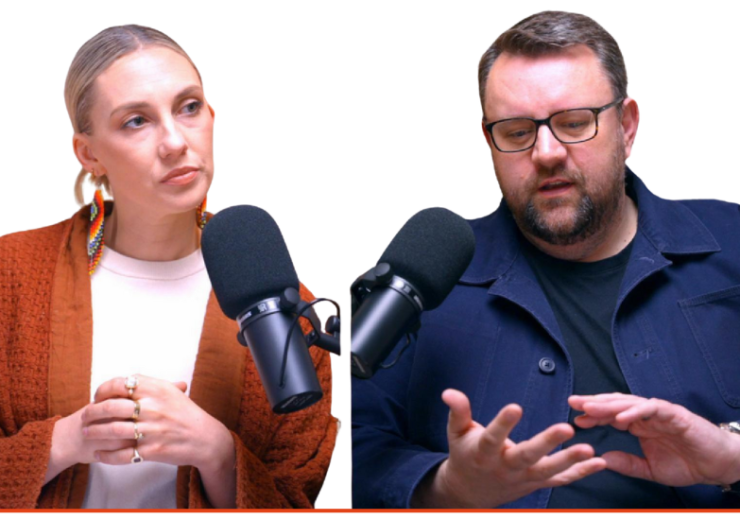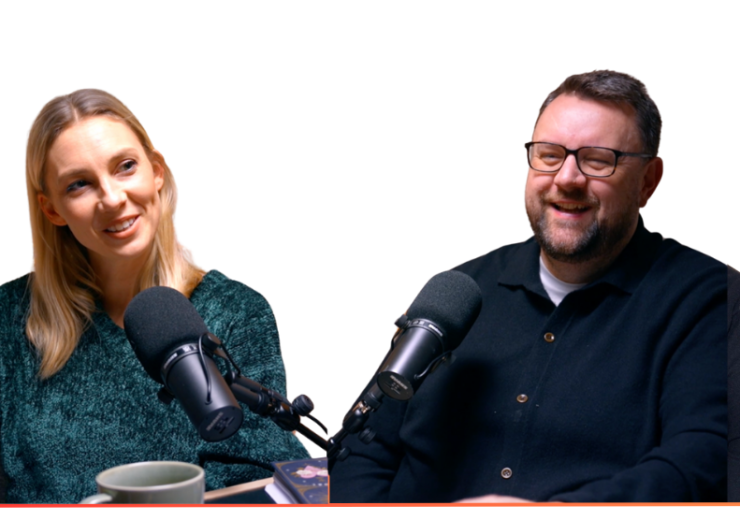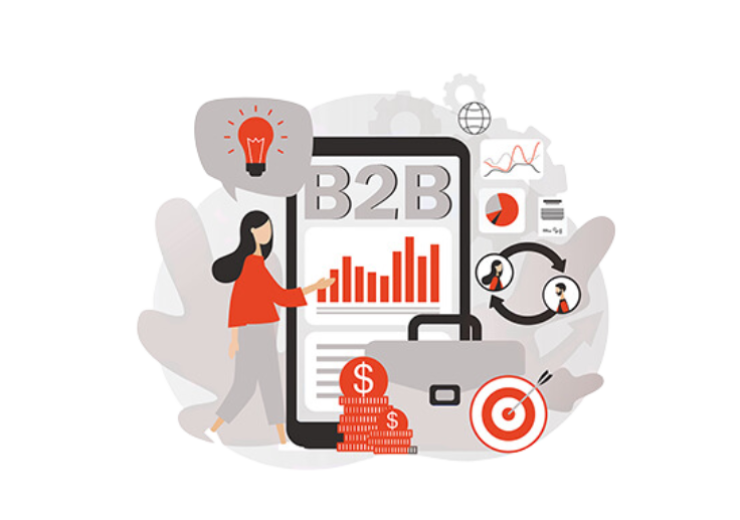Engagement Pods on LinkedIn: What Brands Need to Know

Engagement pods have become a popular tactic on LinkedIn, where members come together to like, comment, and share each other’s posts, aiming to “game” the algorithm. For B2B brands engaged in influencer or creator marketing on LinkedIn, this trend presents both opportunities and risks. Should brands partner with influencers who use engagement pods? We have been asked more about this lately, and the lines and definitions of what makes a ‘pod’ are quite blurred.
Let’s explore.
Firstly - What Are Engagement Pods?

Engagement pods are groups of LinkedIn users who have agreed to mutually engage with each other’s content to boost visibility. This interaction can be done manually (e.g., in closed WhatsApp, Telegram or Slack groups) or through automated tools like Lempod. The aim is to increase the post’s reach by making it more attractive to LinkedIn’s algorithm. There are manual pods, automated pods, and LinkedIn-specific groups, each with its own benefits and downsides.
For some (and we repeat, some) thought leaders in B2B sectors, engagement pods may help ensure that valuable, authentic content breaks through LinkedIn’s tough algorithm, reaching more decision-makers and potential clients.
But there’s a fine line between boosting visibility and manipulating engagement in ways that might not align with a brand’s marketing goals.
The Upside: Boosting Reach for Authentic Content
When used appropriately, engagement pods may help content get the visibility it deserves. This can be particularly helpful for writers who are sharing high-quality, thought-leadership-driven posts in specific B2B industries. For example, some ‘pods’ may simply be a small group of LinkedIn users in a Slack channel that are part of the same industry group, are on the same team, or know each other in real life. Authenticity is still key. If an industry influencer’s content genuinely resonates with the audience, the added engagement from a pod could help ensure their insights aren’t lost in the noise of LinkedIn’s massive user base.
For B2B brands, an influencer’s use of pods could actually enhance their investment. If the content and creator is already strong, the pods could be a tool to help it get the organic reach it needs, driving engagement from a wider audience that’s relevant and interested in the topic. At least the way we define it, a pod doesn’t necessarily mean fifty of the same, useless comments from irrelevant professionals.

The Downside: Spammy Pods and Wasted Marketing Spend

Not all engagement pods are created equal, and this fact cannot be understated. Many pods, especially automated ones, can lead to low-quality interactions. You might see comments like “Great post!” with little substance, coming from users who aren’t even part of the relevant industry. This kind of engagement not only devalues the content but also risks damaging the influencer’s (and by extension, the brand’s) credibility. Additionally, LinkedIn and their algorithm is constantly evolving to detect inauthentic engagement, and overreliance on pods could result in content and creators being flagged by the platform as spam.
From a brand perspective, partnering with influencers who engage in spammy pods can result in wasted marketing dollars. The content may reach more people, but are they the right people? On top of that, it can make the brand’s message feel less credible to actual potential clients.
Helping b2b Brands Navigate Engagement Pods
When evaluating influencers and thought leaders to partner with, it’s important for brands to dig into how the influencer is gaining engagement.
As an agency that specialises in social-first thought leadership and b2b influencer marketing, here’s what we think brands should consider:
Quality over Quantity: Look for influencers whose content sparks real discussion in the comments, and don’t judge a creator on the number solely on the number engagements and reposts they have. There’s a great deal that goes into evaluating potential partners; It should be difficult to even understand if someone is in a pod. If it is obvious, we would steer clients away from partnering with that creator.
Niche Relevance: If you do suspect a potential partner is in a pod, make sure it seems appropriate. A creator in a niche-specific pod may have a more targeted audience, ensuring the engagement is relevant and valuable.
Transparency: Ask the influencer directly about their use of pods. Transparency is important. Make sure that whoever is planning your influencer marketing activity is well versed in this area, and won’t shy away from asking the difficult questions.
Conclusion: Pods May Be a Popular Tool —But They Aren’t a Guarantee
Engagement pods can play a role in boosting content visibility, but B2B brands need to approach them with caution. In influencer marketing, especially in professional settings like LinkedIn, quality and authenticity remain paramount. Perhaps pods can be useful when an influencer’s content is strong and relevant, but when overused or poorly managed, they will certainly dilute the effectiveness of a campaign.
Only as the space matures do we feel clear guidelines will be established on how, when and why pods are used in both employee advocacy as well as b2b influencer strategies. For B2B brands partnering with creators now, knowledge is power (especially in social media marketing – where the only constant is change!). Understand if and how engagement pods are being used, ensure the influencer’s content and approach aligns with the brand’s values, and always prioritise meaningful, genuine interaction over artificially inflated metrics. More questions on influencer and creator marketing strategies for b2b’s? We’re just an email away.











